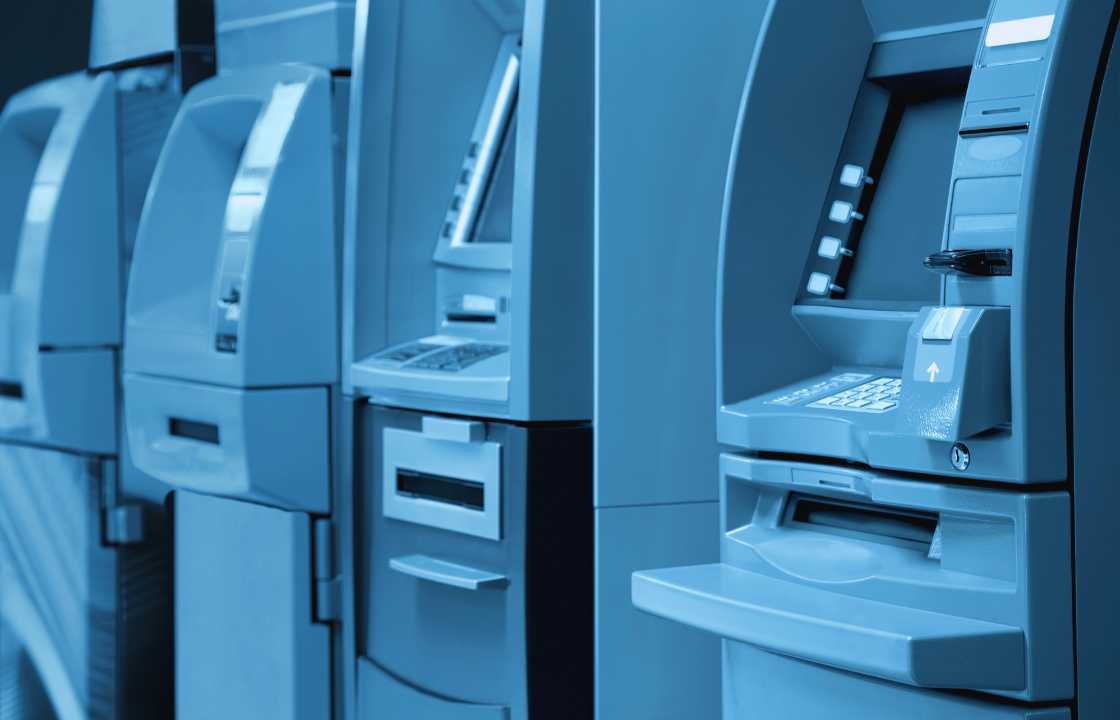The unexpected termination of Bitcoin of America’s activities in Connecticut shines a spotlight on the roadblocks confronting crypto ATM operators.
The world of digital assets has seen massive transformation and alongside this evolution, cryptocurrency ATMs have proliferated. In the last ten years, close to 40,000 of these machines have mushroomed across the globe.
Bitcoin of America, a company offering Bitcoin ATM services, had carved its niche in this space. However, they recently suspended their operations in Connecticut, due to licensing irregularities.
Navigating the Regulatory Terrain
The Connecticut Department of Banking (DoB) served Bitcoin of America with a cease-and-desist notice, blaming them for operating unregulated crypto ATMs in the state. The company was further accused of aiding fraudulent transactions.
In the wake of these accusations, Bitcoin of America paused all its operations in Connecticut. This incident underscores the intricate regulatory challenges that crypto ATM service providers must navigate, particularly in the United States.
Crypto ATMs: More Than What Meets the Eye
Bridging the world of digital currencies with traditional banking systems, as done by crypto ATMs, requires a robust regulatory structure. Connecticut’s DoB monitors ATMs under the Money Transmission Act, highlighting the intricate regulatory demands in this field.
The incident sparked discussions among the crypto community, questioning the long-term functionality and relevance of these machines.
The Daunting Task of Crypto ATM Operations
Jason Grewal, the chief legal officer for Web3 security firm Sys Labs, suggests that operating a crypto ATM is not a simple task of obtaining a license. In the U.S., operators are bound by Anti-Money Laundering (AML) guidelines, have to comply with the Bank Secrecy Act’s Know Your Customer (KYC) norms, and meet the reporting standards set by the Internal Revenue Service.
Grewal believes these complexities might be responsible for the dip in popularity of crypto ATMs. Additionally, the rise of decentralized alternatives such as exchanges (DEXs) and finance (DeFi) platforms seem to be increasingly overshadowing crypto ATMs.
The Need for Diversification and Innovation
Robert Quartly-Janeiro, Chief Strategy Officer for cryptocurrency exchange Bitrue, advocates for a more diversified crypto ATM market for it to expand and gain wider acceptance. He also stresses on the strategic physical positioning of crypto ATMs to attract customers.
Unraveling the Economics of Crypto ATMs
Most crypto ATMs today are run in collaboration with established firms like ChainBytes, LibertyX, CoinMe, and others, providing opportunities for independent businesses to host these machines. However, operating a crypto ATM involves navigating regulatory complexities, managing high operational costs, and dealing with the inherent volatility of cryptocurrencies.
A Global Look at Crypto ATMs
From a single crypto ATM in a Vancouver coffee shop in 2013, the sector has seen a dramatic rise to around 35,000 machines worldwide today. The U.S. stands at the forefront with about 30,000 crypto ATMs, accounting for 86% of the total machines globally.
Crypto ATMs: The Road Ahead
Despite the challenges, the crypto ATM market is predicted to experience substantial growth in the future. However, gaining regulatory clarity and implementing robust security measures will be crucial for the operators. Further, the ability to reduce operational costs and develop innovative business models will also play a critical role. As we move towards a future dominated by cryptocurrency technology, the fate and development of crypto ATMs will certainly be a fascinating journey.

